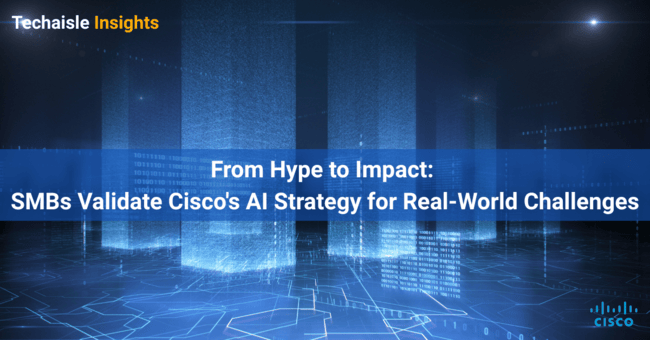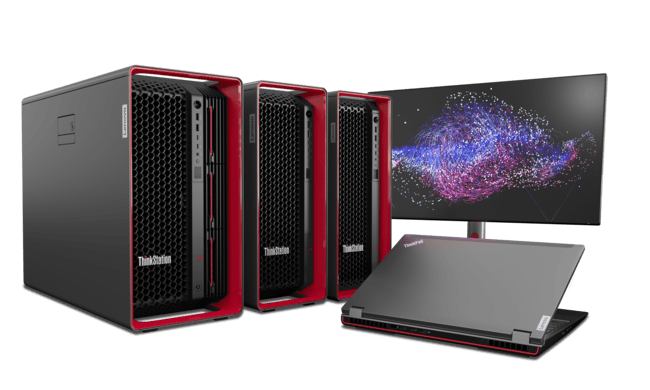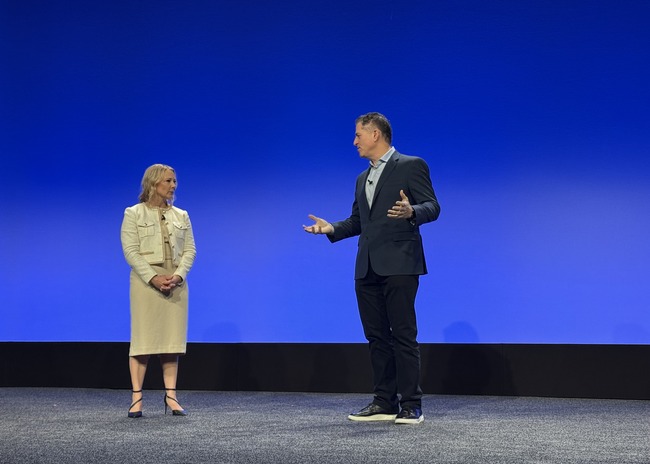Techaisle's in-depth interviews with Cisco's SMB customers reveal a deep commitment from the vendor to solving their unique business challenges through its AI-powered offerings. Direct feedback from SMB customers, gathered through Techaisle's extensive interviews, confirms that Cisco's AI solutions are resonating precisely because they target the specific operational challenges these businesses face. SMBs are increasingly recognizing AI's potential, with many already having AI projects in the trial/pilot phase, and 92% expected to use AI by the end of 2025. A remarkable 75% of firms believe delaying AI adoption would lead to missed opportunities. Despite this positive outlook, many SMBs struggle with how to begin their AI adoption journey. The path is often fraught with numerous challenges, ranging from a lack of internal expertise and budgetary constraints to technical hurdles like reliance on legacy systems, limited network bandwidth, or data restrictions. Softer challenges, such as resistance to change or the absence of a clear strategy, can also impede effective AI adoption, sometimes leading to "checkbox solutions" that fail to meet real business needs.

Cisco’s Strategic Approach: Overcoming SMB Challenges with Tailored AI Innovations
Cisco deeply understands the unique needs of SMBs. Cisco’s AI-powered ecosystems are specifically designed to help SMBs unlock significant value without the burden of complex, stand-alone systems, addressing pressing challenges like limited resources, skills gaps, and operational inefficiencies. Let me first outline how Cisco’s approach to AI helps SMBs mitigate common adoption hurdles:














